If you’re dipping your toes into gardening, camellias might just be your new green buddies. They are forgiving plants that can grow in hardy conditions. And they look great, too!
With our guide, you will be able to grow camellia flowers with ease. Read below to learn how to plant, prune, propagate, and care for these elegant flowers.
Image credit: toypoodle.mochi
The gorgeous camellias have glossy dark-green leaves and attractive, showy flowers in shades of white, pink, red, and yellow—pick the ones that match your vibe. Plus, they don’t just bloom in spring—depending on the variety, you can enjoy the floral fiesta in fall and winter as well.
Quick Facts
- Botanical Name: Camellia spp.
- Family: Theaceae
- Plant Type: Evergreen shrub or small tree
- Nativity: China, Japan, Korea
- USDA Hardiness Zone: 6–9
- Mature Size: 2–12 feet, depending on the cultivar
- Bloom Time: Spring, fall, and winter, depending on the cultivar
- Sunlight: Partial to full shade
- Soil pH: Slightly acidic
- Toxicity: Non-toxic
Image credit: Ryutaro Tsukata
Identifying Camellias by Petal Formation
Camellias have various species and cultivars. One way to distinguish them is by their petal arrangements. They have six different types of flower forms:
- Single: These camellia flowers have a single row of petals with a cluster of yellow stamens in the center.
- Formal Double: They have multiple rows of petals arranged in a neat symmetry. The stamens are not visible in this form.
- Semi-Double: They have 2–3 rows of petals with visible stamens.

Image credit: 阿橋 HQ, 阿橋 HQ, CC BY-SA 2.0 DEED, Kowloonese
- Rose Form Doubles: These flowers look like roses, with overlapping layers of petals and slightly visible stamens.
- Anemone: These blooms have an outer row of flat petals and an inner ring of ruffled petals and petaloids that hide the stamen.
- Peony: This camellia flower has multiple rows of irregular petals with a slightly visible center of stamens.
Image credit: 阿橋 HQ, CC BY-SA 2.0 DEED, Monocromatico, 阿橋 HQ, CC BY-SA 2.0 DEED
Camellia Varieties
The Camellia genus belongs to the Theaceae, commonly known as the tea family. Theaceae has over 200 species. These are the five most commonly grown garden varieties:
Japanese Camellia (Camellia japonica)
Image credit: luxgarden.md
This is the most popular species, with numerous cultivars that bloom at different times of the year. Camellia japonica can be identified by its glossy, dark green leaves and large, ornamental flowers. The flowers can grow up to five inches in diameter. Their colors come in shades of white, pink, and red. They also produce variegated flowers in a combination of white and red colors.
Sasanqua Camellia (Camellia sasanqua)
Image credit: bpcparks
This variety usually blooms during late fall and early winter, making it a good choice for landscaping when many plants enter dormancy. Its flowers are up to three inches wide and have single or semi-double petal formation.
It has several cultivars available, including dwarf varieties that can be grown in small, ornamental flower pots. Sasanqua Camellia’s leaves are shorter compared to C. japonica, and this variety is also more resistant to root rot.
Reticulata Camellia (Camellia reticulata)
Image credit: trishchannings
Camellia reticulata is one of the tallest camellia species. While other varieties grow as shrubs, C. reticulata can grow into a small tree that’s around 50 inches tall. This evergreen variety produces red or pink flowers that grow up to four inches wide and usually have a semi-double formation. Its hybrid variety of flowers can even grow as wide as 10 inches.
RELATED: 16 Best Fast-Growing Privacy Trees: Say Goodbye To Nosey Neighbors
Tea Plant (Camellia sinensis)
Image credit: b_a_r_n_e_y_louise
The Tea Camellia is a commercial variety. Its young leaves are harvested and processed to produce a wide range of teas. Typically, this variety is not grown for its flowers. C. sinensis is both heat and drought-tolerant, making it suitable for growing in full sun—unlike other varieties that cannot tolerate prolonged exposure to sunlight.
Hiemalis Camellia (Camellia hiemalis)
Image credit: leugardens
C. hiemalis is a fast-growing evergreen shrub. It produces rich-pink flowers that grow 3–4 inches wide. With its compact growth habit and profuse flowering, it’s well-suited for small gardens and containers.
When Do Camellias Bloom?
The evergreen camellias have been cultivated to produce flowers in different seasons so gardens can enjoy the blooms longer. The camellia flower blooms in spring, late fall, and early winter, depending on the cultivar. Each flower can bloom for up to 4–6 weeks.
Camellia Cultivars to Grow Based on the Season
Grow these fantastic camellia cultivars that will thrive in your garden all year:
Fall to early winter blooms:
- Camellia ‘Yuletide’: Vibrant single, red flowers.
- Camellia ‘Winter’s Snowman’: Produces fragrant, semi-double, white flowers.
- Camellia ‘Pink-a-Boo’: Semi-double, light pink flowers.
Image credit: plantfoundry, downtoeartheugene, magnoliagiftandgarden
Winter to early spring blooms:
- Camellia ‘Nuccio’s Pearl’: Large, formal double flowers in creamy-white color.
- Camellia ‘April Tryst’: Semi-double, rose-pink flowers that bloom from November to April.
- Camellia ‘Debutante’: Peony-form flowers in pink shades.
Image credit: MDK78, italreadycametrue, descansogardens
Spring to early summer blooms:
- Camellia ‘White by the Gate’: Pure white, formal double flowers.
- Camellia ‘Captain Rawes’: Large, semi-double or peony-form flowers in a rich, deep red hue.
Image credit: Drew Avery, Krzysztof Ziarnek, Kenraiz
Caring for Camellias
Provide your camellias with the right care to keep them thriving. Here’s a comprehensive guide to help you nurture your camellias and keep them healthy and vibrant.
Where Do Camellias Grow Best?
Camellias grow best in USDA hardiness zones 6–9. Make sure to choose a variety suited to your specific hardiness zone. They are adaptable plants that can grow in garden beds as ornamental shrubs, on terraces in wide, heavy containers, or as indoor plants.
Plant them in a north-facing location that receives morning sunlight. A south-facing location is warmer and may damage your plant.
Light
Image credit: Praglady
Camellias flourish in partial shade to filtered sunlight. Giving them a little morning sunlight is the best. If you’re in a region that experiences intense afternoon sun, consider growing camellias in pots that can be placed on your front porch.
Too much direct sunlight can lead to stress. If you are planting camellias directly in your garden bed, consider a spot near taller plants or structures that can provide a bit of shade.
RELATED: 21 Low-Light Indoor Plants That Give Beautiful Results With Low Effort
Soil
Image credit: labros_zotos
Camellias prefer well-draining soil, such as clay or loam, with a slightly acidic pH (between 6.0 and 6.5). You can test your soil’s acidity at home using pH strips. Simply take a small soil sample, thoroughly mix it with distilled water, strain it using a coffee filter, and test the filtered water with a pH strip. If the acidity is low, add peat moss and compost to maintain the pH.
RELATED: What Is Composting And How To Do It (In Simple Terms)
Water
Established camellias are hardy and need water only once or twice a week. However, new plants need more moisture. Keep the soil consistently moist, especially during the growing season. Regular watering is crucial, but avoid waterlogging.
Pro tip: Mulch around the base to retain moisture and regulate temperature.
Temperature and Humidity
Camellias can tolerate surprisingly low winter temperatures, provided they are sheltered from harsh sunlight and wind. However, they will shed their flowers if the temperature goes above 60°F.
Maintain humidity at around 60% to keep them thriving. Space your camellias 3–6 feet apart so they get adequate air circulation to keep cool. This also prevents the spread of fungal diseases.
Pro tip: Consider getting a cool-mist humidifier to pamper your indoor camellias.
When to Fertilize Camellias
Give your camellias a nitrogen-rich fertilizer, as they need a lot of energy to produce those magnificent flowers. Choose a slow-release diluted mix in the ratio of 12-4-8 NPK (more nitrogen, less phosphorus). Fertilize them twice—first in early spring, then again in late summer.
Overwintering Camellias
Image credit: strawberryfields_gardendesign
Some camellias can bloom in the winter, provided you protect their roots from freezing. Use pine straws, bark chips, and dry leaves to insulate the soil and the roots.
Shielding them from cold drafts is equally important, as winds can lead to moisture loss from the leaves. Make a fence around your camellias using burlap or canvas. If you are growing camellias in pots, move them indoors in the winter.
Pro tip: Avoid pruning and fertilizing in the fall. Pruning and fertilizing stimulate new growth and young buds, which are more susceptible to damage by cold.
When to Prune Camellias
Image credit: Wellington City Council
Pruning helps maintain their health and shape and promotes blooming. The timing depends on the variety and its blooming cycle.
Fall to early winter bloomers should be trimmed in spring to early summer, right after they finish flowering. This allows ample time for the camellia plant to develop new flower buds for the following season.
Late winter to early spring bloomers should be trimmed in late summer to prepare them for flowering for the upcoming flowering season.
In both cases, avoid pruning close to their flowering time. Camellias grow slowly, and excessive pruning may slow down their growth even more.
Tips for Pruning Camellias
- Keep pruning to a minimum to avoid damaging their natural shape.
- Prune camellias after flowering to keep the interior of the shrubs free of dead and non-blooming branches. Remove any branches that droop on the ground.
- Immediately cut branches showing signs of blight or other fungal diseases.
- If you aim to grow your camellia to the size of a small tree, regularly trim lower branches to encourage upright growth
- Trim dry branches. This will redirect the plant’s energy towards producing flower buds.
- Remove excess growth that hinders air circulation.
How to Propagate Camellias
Camellias, especially hybrid varieties, are best grown from stem cuttings. The ideal time to propagate with this method is mid to late summer.
Here are easy steps you can follow to propagate camellias:
Step 1: Take a 4–6 inch cutting from your existing plant. Choose a young, non-flowering stem with plenty of leaves. Remove the bottom set of leaves.
Step 2: Use a sharp knife to strip off a small section of bark from the base. They will root better if slightly wounded. Now dip the tip of the cutting in a rooting hormone and place it in a small pot filled with organic potting soil.
Step 3: Tap down the soil and water it thoroughly. Cover your cutting with a plastic bag and place it in indirect light.
Growing Camellias from Seeds
This is not a popular method as camellia seeds don’t grow true to the parents, meaning the resulting plant will likely have different color flowers due to cross-pollination. This is also a very slow method as camellia seed pods ripen at different seasons depending on the variety you want to grow.
To propagate camellias from seeds, soak the seeds in warm water for 12 hours to soften their shell. Use rich potting soil mixed with peat moss and sand. Sprinkle 2–3 seeds in each section of the seed starter tray, and water thoroughly. Ensure the soil stays damp, as this will encourage germination. Seedlings will sprout in about one month and will be ready to be transplanted into garden beds in two months.
Potting and Repotting Camellias
Image credit: jafthegardener
Give young seedlings and stem cuttings their own pots to grow into beautiful flowers. Choose a wide container for your camellias as they have a fibrous root system, which needs more horizontal room to grow. Make sure the container has drainage holes to prevent waterlogging.
Fill the pot with organic soil and carefully transplant young seedlings to their new home without damaging their roots. Potted camellias need more water, so make sure to water them 2–3 times a week. Their potting soil needs to be refreshed every 2–3 years.
Common Pests, Diseases, and Problems
Camellias are susceptible to aphids, scale insects, and thrips. Keep these pests at bay by spraying neem oil.
Fungal diseases are also a very common problem for this plant:
Camellia Petal Blight
Image credit: benedictmurrell
This affects flowers, causing them to turn brown and mushy. The fungal infection often enters via wounds caused by pruning or insect damage. It can be treated with fungicides and maintaining proper hygiene. Remove infected flowers and debris from your garden and clean your pruning shears before and after to avoid spreading the disease.
Camellia Leaf Spot
Image credit: -Khryse-
This is another fungal disease that happens because of excessive moisture. It produces black tendrils of spores on the leaves, which causes them to fall prematurely. Remove damaged leaves and apply fungicide to control this disease.
Root Rot
Image credit: hqnnah
Root rot is another common fungal disease that affects camellias. It causes poor growth and wilting of the entire plant. Choose soil with good drainage to avoid this issue, and reduce your watering to allow the roots to dry out a little. The Sasanqua Camellia variety is considered resistant to root rot.
FAQs
What Do Camellias Symbolize?
Camellias meaning: Camellias symbolize beauty, affection, and admiration. The red camellia, in particular, is often linked to love. Their flawless form, symmetry, and vibrant colors are admired in many cultures.
What is the Lifespan of a Camellia?
Camellia bush can survive for decades in moderate temperatures. Fun fact: It’s widely believed that the oldest living camellia was planted in 1347 in China’s Panlong Monastery.
Do Camellias Have Fruit?
Camellias produce a tough fruit with a dry capsule containing seeds. The fruit appears after the flowers have been pollinated and is a part of their reproductive cycle. The seeds can be harvested to propagate new plants.
READ NEXT: Strawberry Vanilla Hydrangea: Growing Tips You Wish You Knew Sooner
754views
Share on Facebook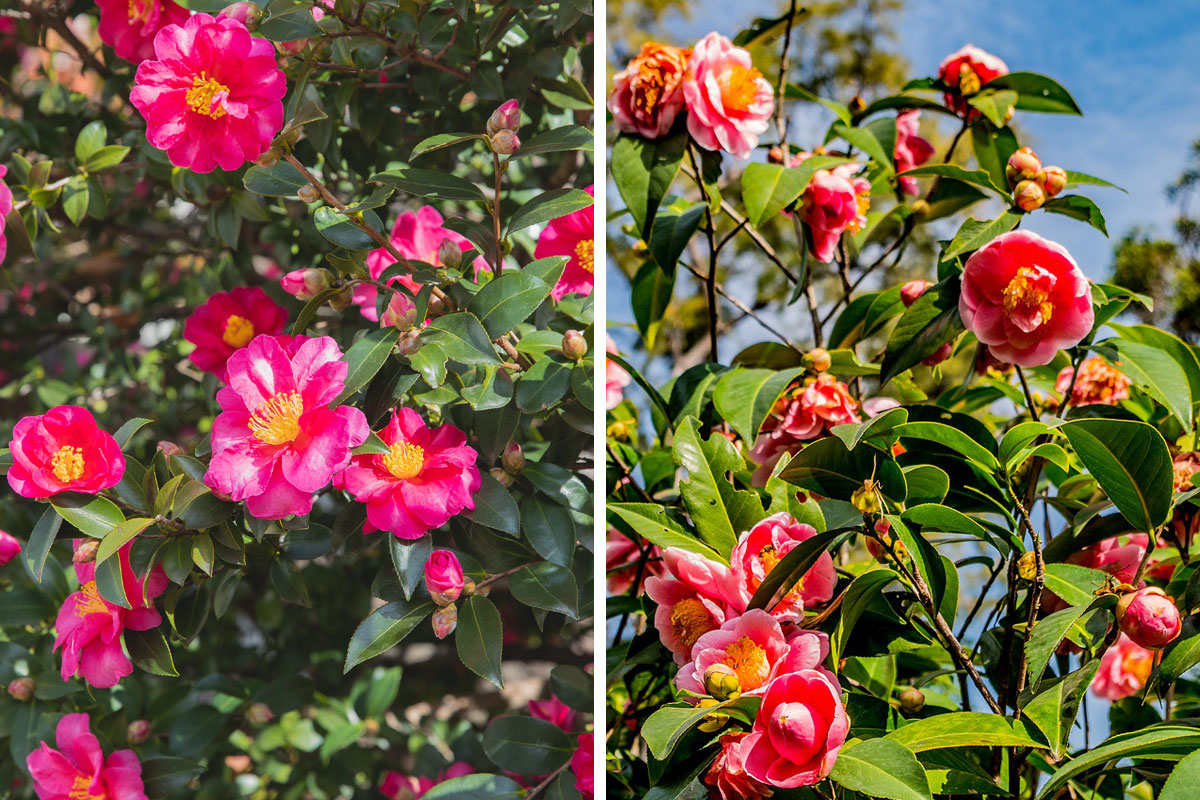
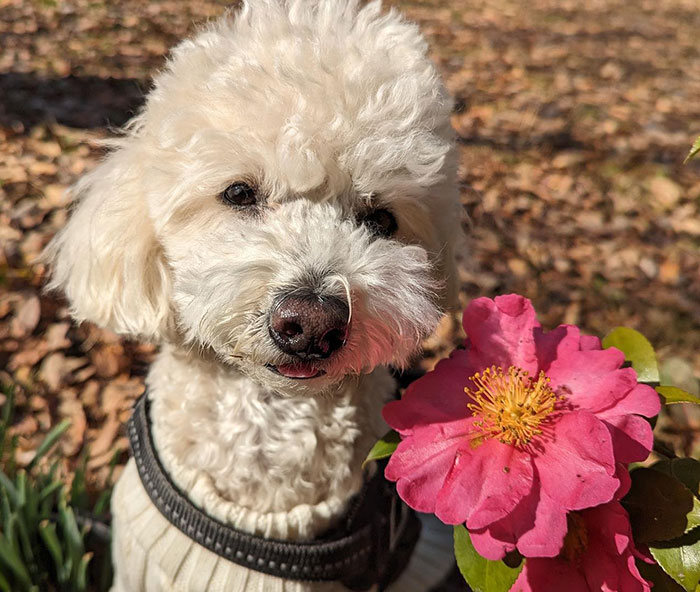
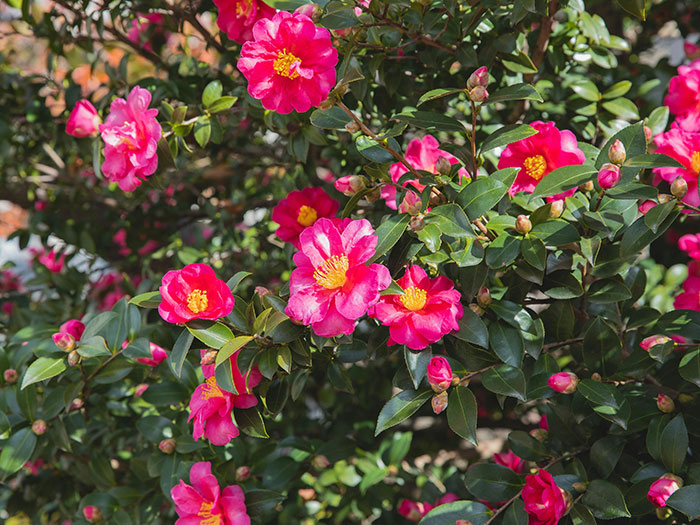

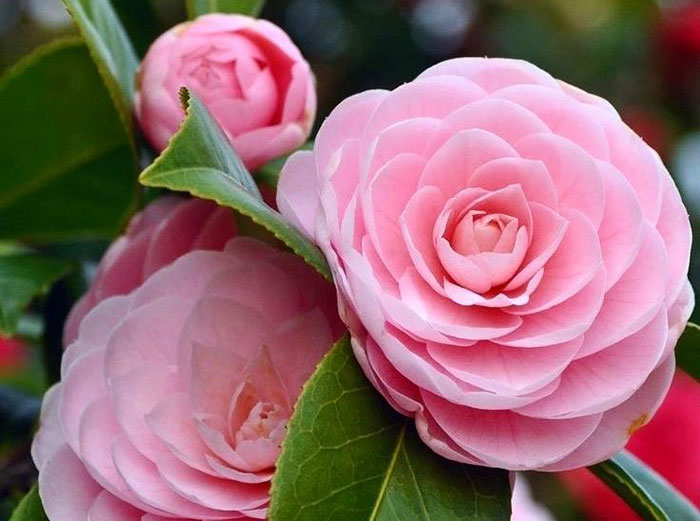
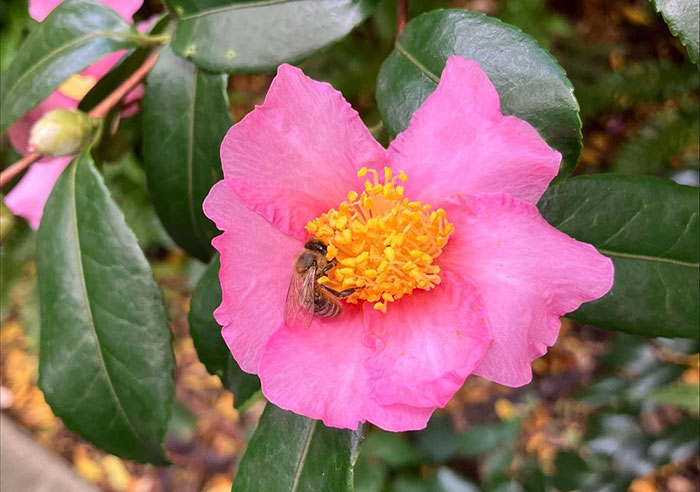
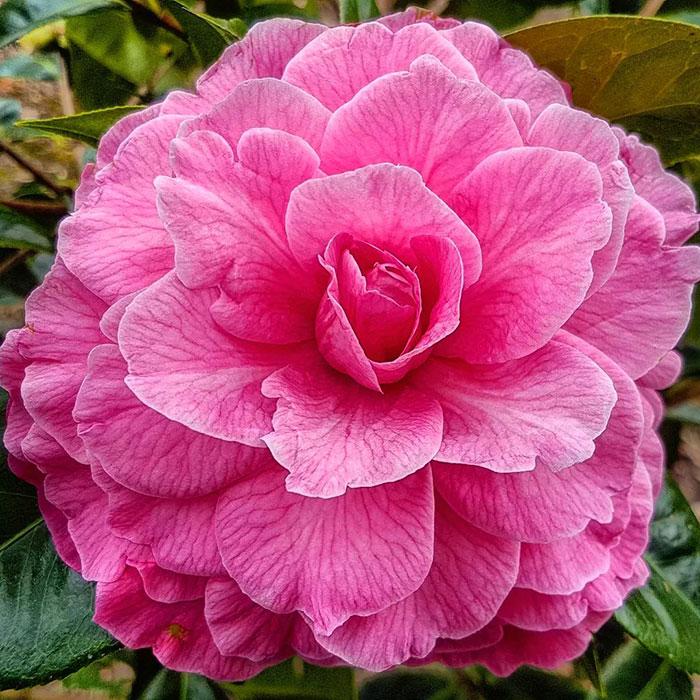
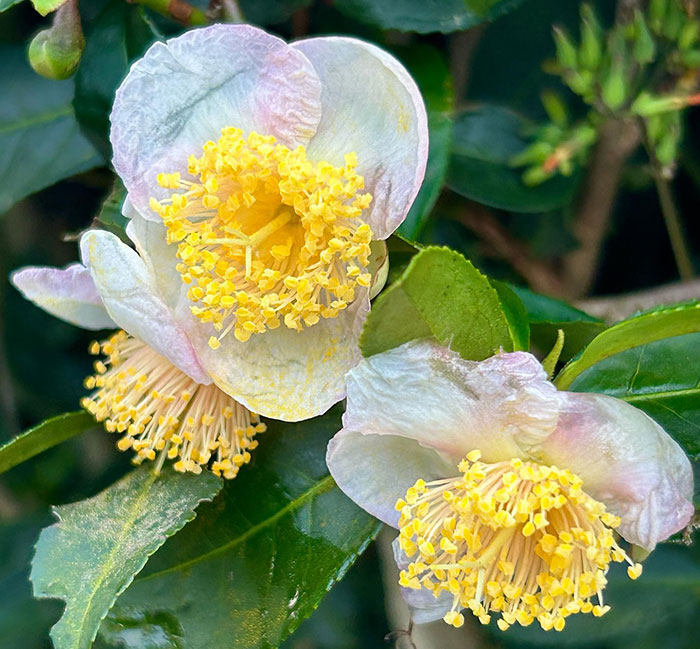
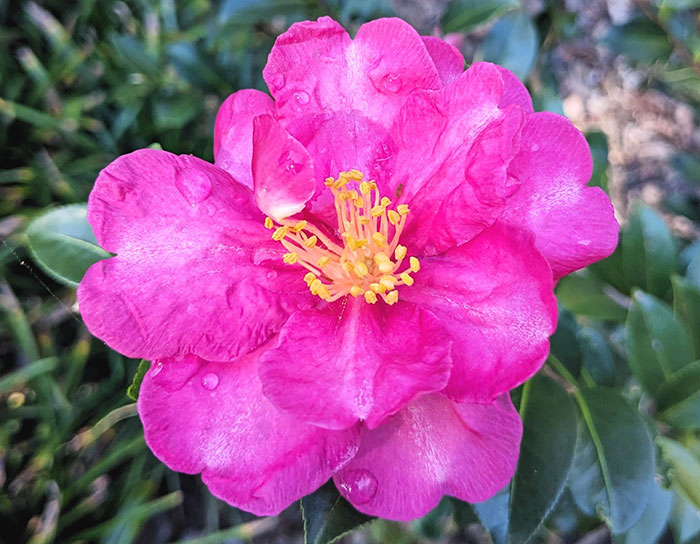


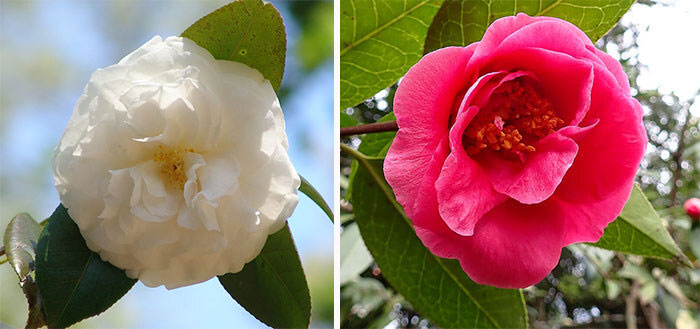
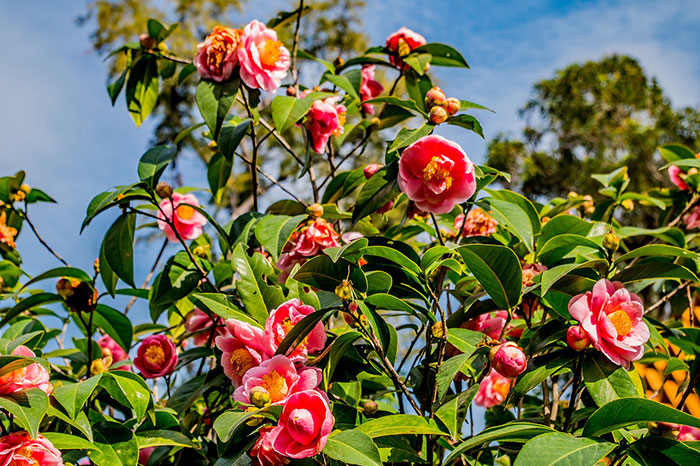
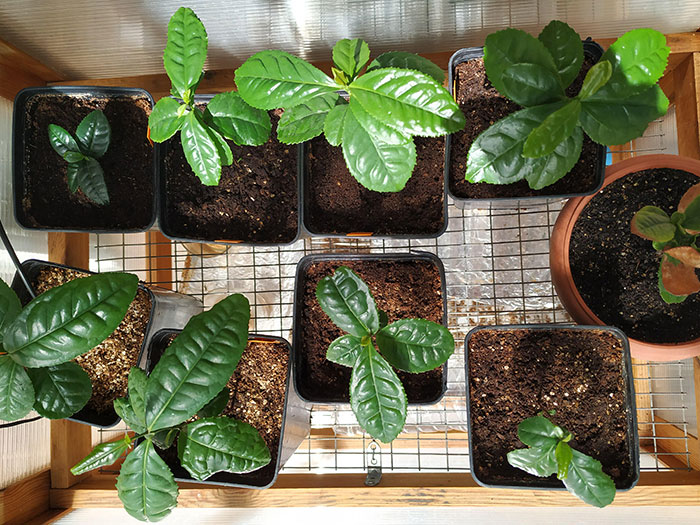
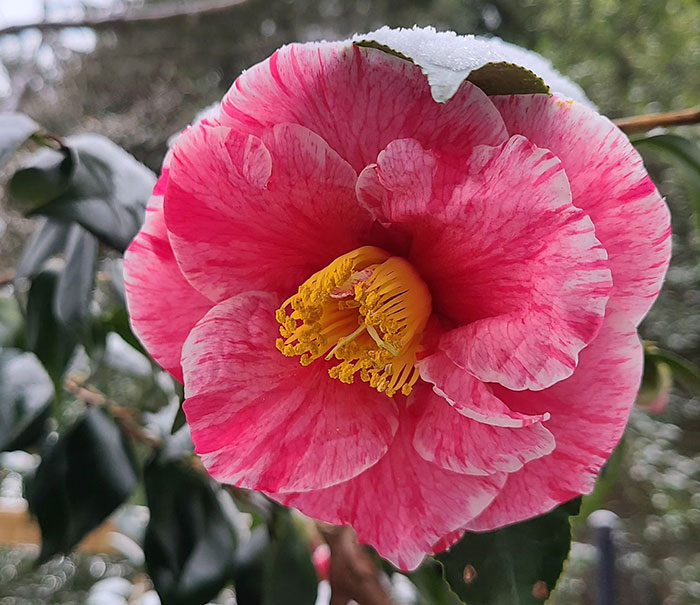
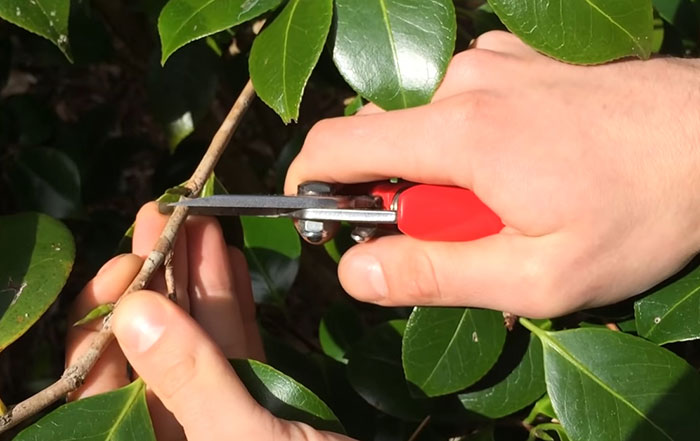




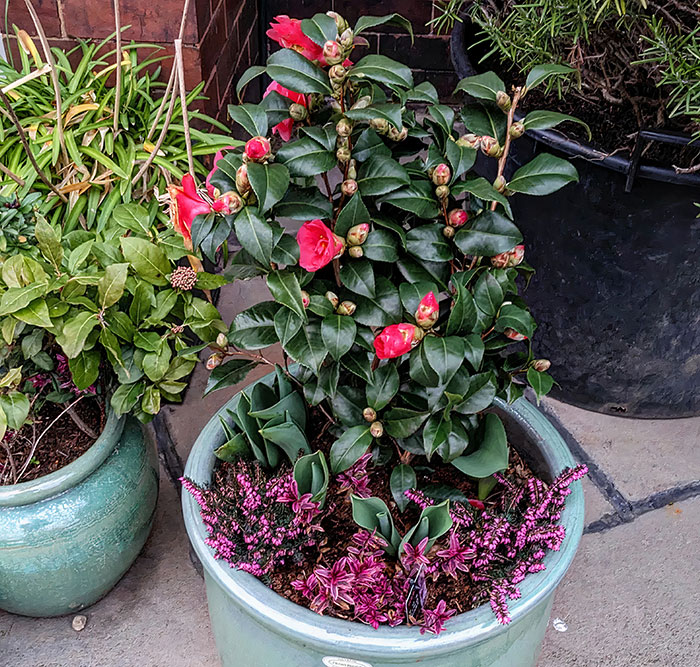
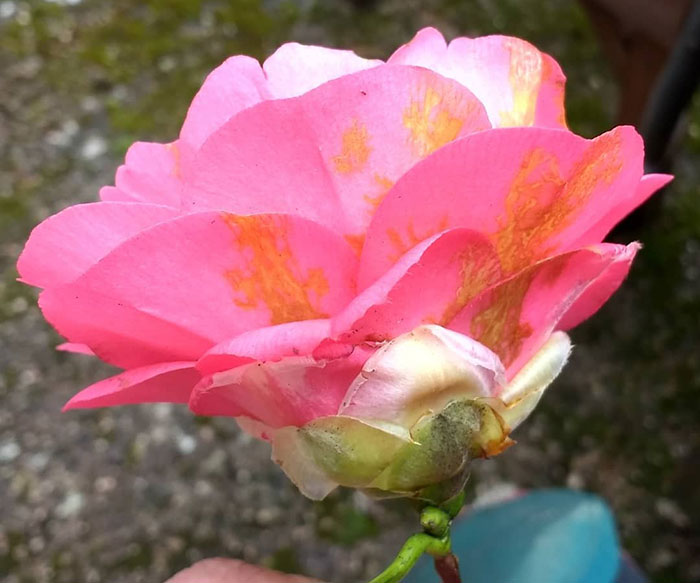
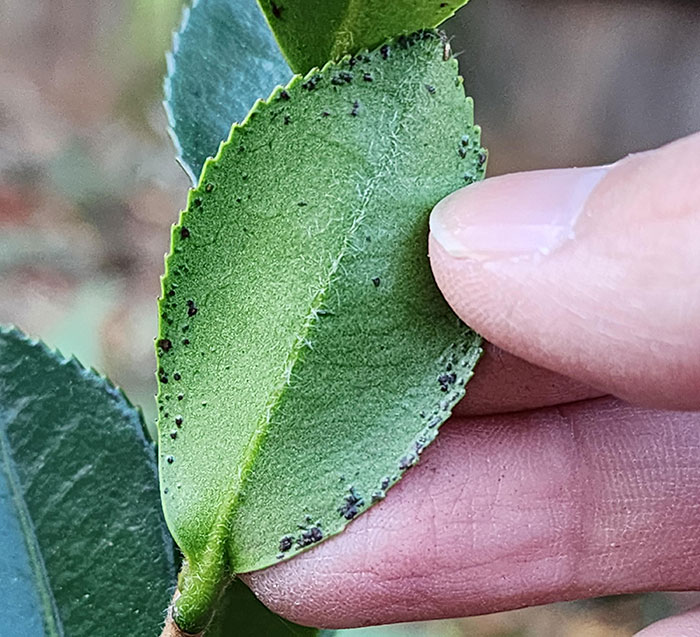
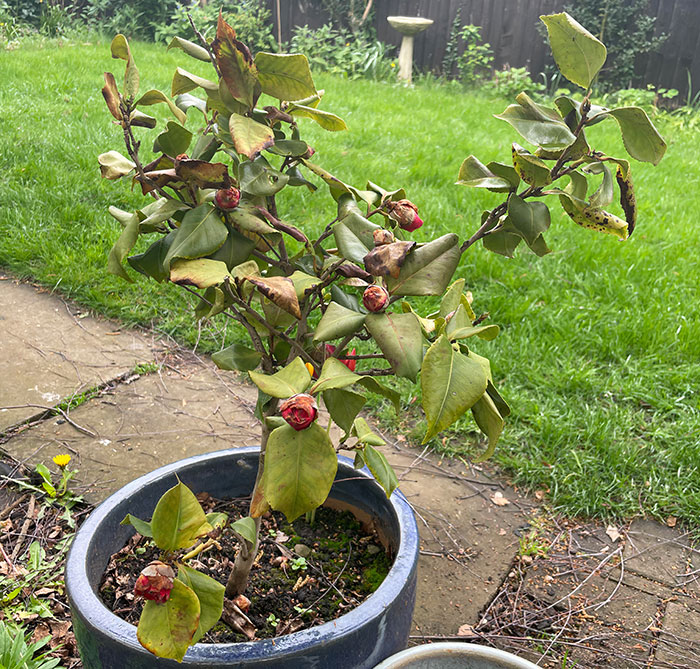




8
1